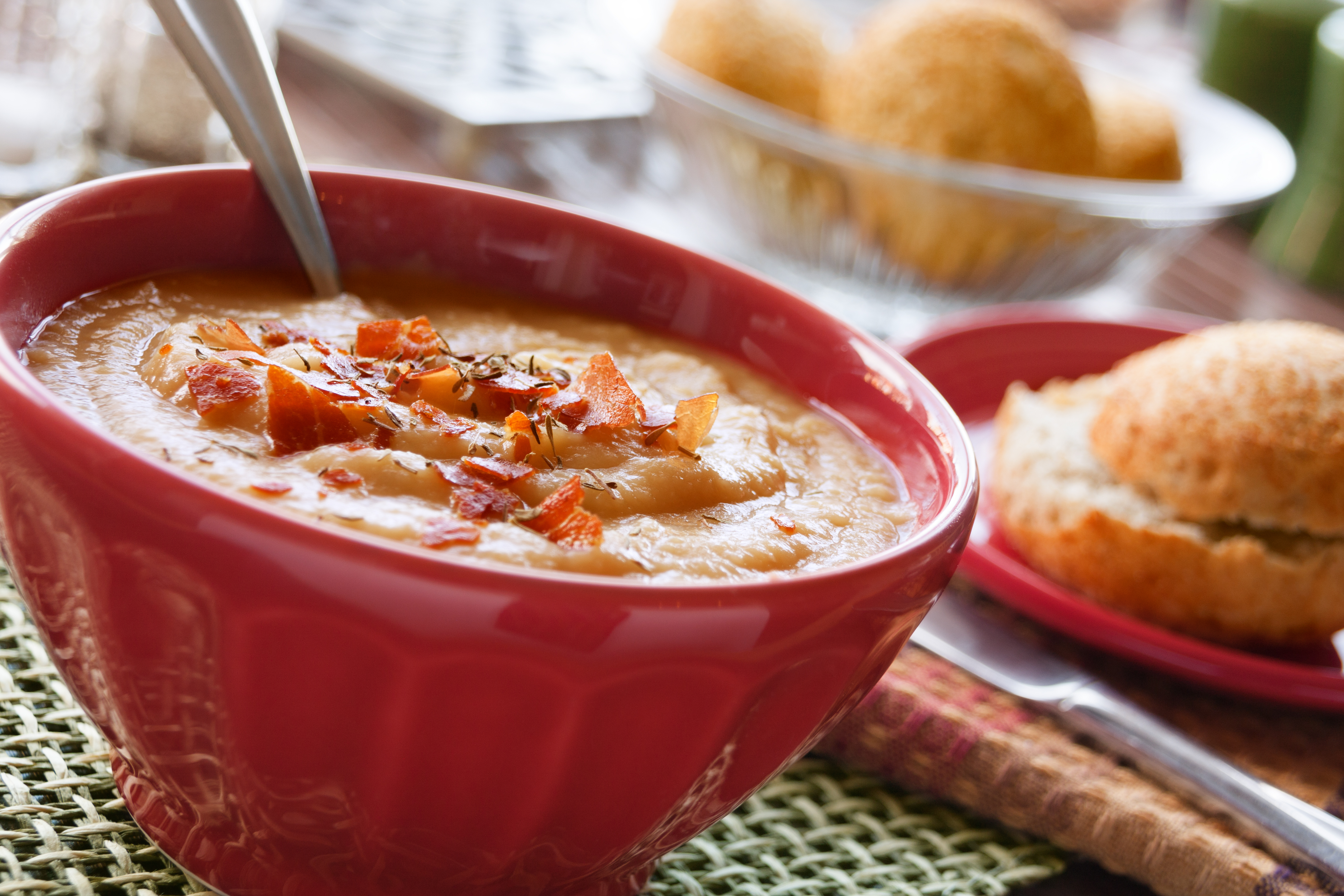
The act of fasting—abstaining from food for a specific period of time—is gaining in popularity among some fitness enthusiasts and weight-loss dieters as a means to reign in calorie intake, but it certainly isn’t anything new. Despite the recent interest in the subject among authors (The Fast Diet, The Overnight Diet, The Warrior Diet, The Alternate Day Diet, etc.), fasting has been practiced around the world for ages. Hunger strikes, religious fasting periods and extreme “cleanses” designed to “purify” mind and body are all variations of fasting (and for the record, I don’t recommend extreme “cleanses” or long term fasting—they can be dangerous). One of the biggest reasons—but not the only reason—that folks are becoming increasingly interested in fasting, is for help with weight control and weight loss.
Continue reading »





